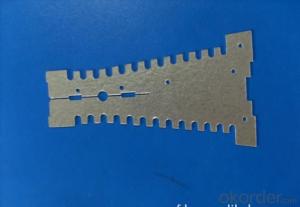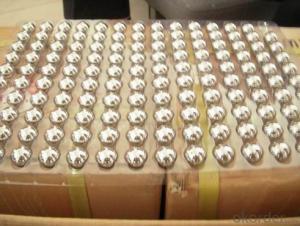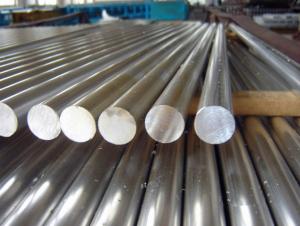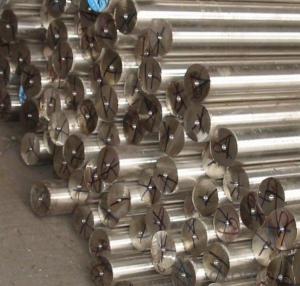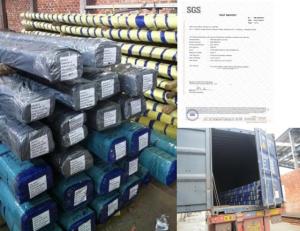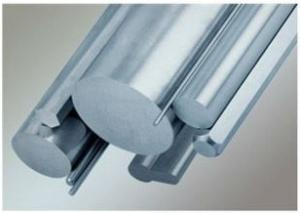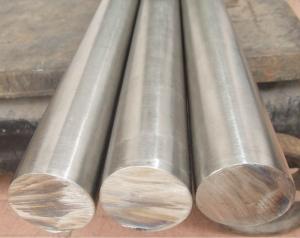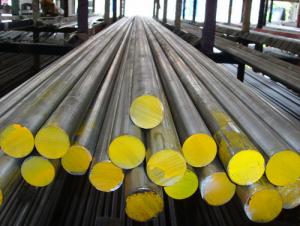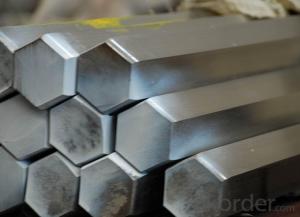Black Stainless Steel Toaster
Black Stainless Steel Toaster Related Searches
Best Paint For Stainless Steel Blanket Insulation For Steel Buildings Primer For Galvanized Steel Foam Filter For Stainless Steel H S Code For Stainless Steel Surface Grinding Wheels For Stainless Steel Surface Grinding Wheels For Hardened Steel Hole Saw For Stainless Steel Paint For Stainless Steel Stainless Steel For BbqHot Searches
Steel Mesh Panels For Sale Price For Stainless Steel Scrap Scrap Price For Stainless Steel Price For Stainless Steel Stainless Steel Tank For Sale Stainless Steel Sheets For Sale Cheap High Tea Sets For Sale Stainless Steel Tanks For Sale Stainless Steel For Sale High Density Fiberboard For Sale Solar Hot Water Collectors For Sale Scaffolding For Sale In Uae Scaffolding For Sale In Ireland Scaffolding For Sale In Houston Type Of Inverter For Solar Price Of Shipping Containers For Sale Types Of Inverter For Solar Stock Price For Aluminum Used Solar Inverter For Sale Steel Mesh Panels For SaleBlack Stainless Steel Toaster Supplier & Manufacturer from China
Okorder.com is a professional Black Stainless Steel Toaster supplier & manufacturer, offers integrated one-stop services including real-time quoting and online cargo tracking. We are funded by CNBM Group, a Fortune 500 enterprise and the largest Black Stainless Steel Toaster firm in China.Hot Products
FAQ
- Stainless steel bars can experience various forms of intergranular corrosion. These include sensitization, weld decay, and knife-line attack. 1. Sensitization occurs when stainless steel is subjected to prolonged high temperatures. This causes the chromium in the steel to combine with carbon and create chromium carbides along the grain boundaries. As a result, the chromium content in the grain boundaries decreases, making them more susceptible to corrosion. Sensitization is commonly observed in austenitic stainless steels like grades 304 and 316. 2. Weld decay, also known as heat-affected zone corrosion, is a type of intergranular corrosion that takes place in the heat-affected zone of a weld. During the welding process, the elevated temperatures cause the formation of chromium carbides along the grain boundaries, similar to sensitization. Consequently, the corrosion resistance in the heat-affected zone diminishes, making it prone to intergranular corrosion. 3. Knife-line attack is a distinct form of intergranular corrosion that arises along the grain boundaries of stainless steel bars after exposure to specific environments, such as those containing chloride ions. This type of corrosion is commonly observed in welded stainless steel structures, particularly in marine settings. It is named knife-line attack due to its appearance as a narrow, localized corrosion attack along the grain boundaries, resembling a cut made by a knife. It is crucial to note that proper material selection, heat treatment, and welding techniques can prevent or minimize intergranular corrosion. Using stainless steel grades with low carbon content or stabilized with titanium or niobium can help decrease the risk of sensitization and intergranular corrosion. Additionally, post-weld heat treatment processes, such as solution annealing or stress relieving, can help restore the corrosion resistance of the heat-affected zone.
- The price range of stainless steel bars can vary depending on several factors such as the grade of stainless steel, the size and shape of the bar, and the supplier or manufacturer. Generally, stainless steel bars can range in price from around $3 to $10 per pound. However, for specialty or custom bars, the price can be higher. It is always recommended to contact multiple suppliers or manufacturers and compare prices to get the best deal.
- Stainless steel bars are indeed appropriate for hydrogen peroxide applications. The reason lies in the corrosion resistance properties of stainless steel, which render it compatible with hydrogen peroxide. Given that hydrogen peroxide is a potent oxidizer and can be corrosive to specific materials, stainless steel remarkably endures its corrosive impacts, thus qualifying as an ideal choice for tasks involving this chemical. Moreover, stainless steel bars exhibit durability, ease of cleaning, and an extended lifespan, thereby presenting a financially viable alternative for hydrogen peroxide applications.
- Stainless steel bars possess an exceptional composition and structure that allows them to withstand embrittlement. A key contributing factor to their resilience is the presence of chromium in the steel. Chromium creates a thin oxide layer on the surface of the stainless steel, which acts as a protective barrier against corrosive substances and impedes the onset of embrittlement. Moreover, stainless steel bars are alloyed with other elements such as nickel and molybdenum, which further reinforce their resistance to embrittlement. Nickel enhances the steel's toughness and diminishes the formation of brittle phases, while molybdenum bolsters the corrosion resistance and prevents the occurrence of intergranular corrosion, a potential cause of embrittlement. Furthermore, stainless steel bars are frequently subjected to heat treatment to optimize their mechanical properties and minimize their vulnerability to embrittlement. Heat treatment methods like annealing or solution annealing effectively eradicate internal stresses and enhance the grain structure, thereby making the bars more impervious to cracking and embrittlement. In conclusion, the resistance of stainless steel bars to embrittlement stems from their composition, protective oxide layer, alloying elements, and heat treatment procedures. These factors collaboratively ensure that the bars retain their mechanical strength and toughness over time, rendering them well-suited for various applications in corrosive environments.
- The exceptional properties and corrosion resistance of stainless steel bars make them highly valuable in the chemical industry. They find extensive use in storage and transportation, reaction vessels, piping systems, heat exchangers, mixing and agitation equipment, and laboratory equipment. In terms of storage and transportation, stainless steel bars are indispensable in constructing storage tanks, pipelines, and transportation containers for diverse chemicals. They guarantee the integrity of the containers, preventing any contamination or leakage. For reaction vessels, stainless steel bars are the preferred choice due to their ability to withstand harsh chemical environments and high temperatures. Their resistance to corrosion ensures longevity and reliability. In the construction of piping systems within chemical plants, stainless steel bars are commonly employed. These pipes are responsible for transporting chemicals between various processing units. The use of stainless steel bars prevents corrosion, maintaining the purity of the chemicals being transported. Heat exchangers, which are crucial in the chemical industry, also benefit from the use of stainless steel bars. These heat exchangers transfer heat between different process streams. With stainless steel bars, their longevity and resistance to corrosion in the presence of chemicals are ensured. Mixing and agitation equipment, such as impellers and shafts, rely on stainless steel bars for durability. These components are used to mix chemicals and maintain uniformity within chemical processes. The corrosion resistance of stainless steel bars ensures their effectiveness and longevity. In laboratory environments, stainless steel bars are commonly used in the construction of benches, cabinets, and workstations. Their durability and resistance to chemical spills provide a safe and reliable environment for chemical experiments and research. In summary, stainless steel bars offer corrosion resistance, durability, and versatility in various applications within the chemical industry. Their use ensures the safe and efficient handling of chemicals, preventing contamination and maintaining the integrity of equipment and processes.
- Yes, stainless steel bars can be used in the power generation aftermarket. Stainless steel is known for its high strength, corrosion resistance, and durability, making it an excellent choice for various applications in the power generation industry. Stainless steel bars can be used in the construction of power plants, turbines, generators, and other equipment. They can withstand high temperatures, pressure, and harsh operating environments, ensuring reliable performance and longevity. Additionally, stainless steel bars can resist corrosion caused by chemicals, moisture, and gases, making them suitable for both indoor and outdoor power generation facilities. Overall, stainless steel bars are a reliable and cost-effective solution for the power generation aftermarket.
- Yes, stainless steel bars can be brushed or sandblasted. Brushing stainless steel involves using abrasive materials, such as wire brushes or sandpaper, to create a brushed finish that gives the steel a textured look. Sandblasting, on the other hand, involves propelling fine particles or abrasive materials at high speeds to clean or shape the surface of the stainless steel. Both methods are commonly used to improve the appearance of stainless steel bars or to prepare them for further finishing processes like powder coating or painting. It is important to note that the choice between brushing or sandblasting will depend on the desired finish and the specific requirements of the project.
- Stainless steel bars possess the ability to undergo bending or shaping. This material, known for its exceptional versatility, can be effortlessly molded into diverse forms and sizes. To achieve the desired specifications, specialized machinery like hydraulic or manual benders is typically employed in the process of bending or shaping stainless steel bars. The extent to which a bend or shape can be achieved is contingent upon the type and thickness of the stainless steel being utilized. Nevertheless, it is worth highlighting that excessive bending or shaping may compromise the structural integrity and strength of the stainless steel. Therefore, it is of utmost importance to seek guidance from a professional to ensure adherence to appropriate techniques and limitations.























